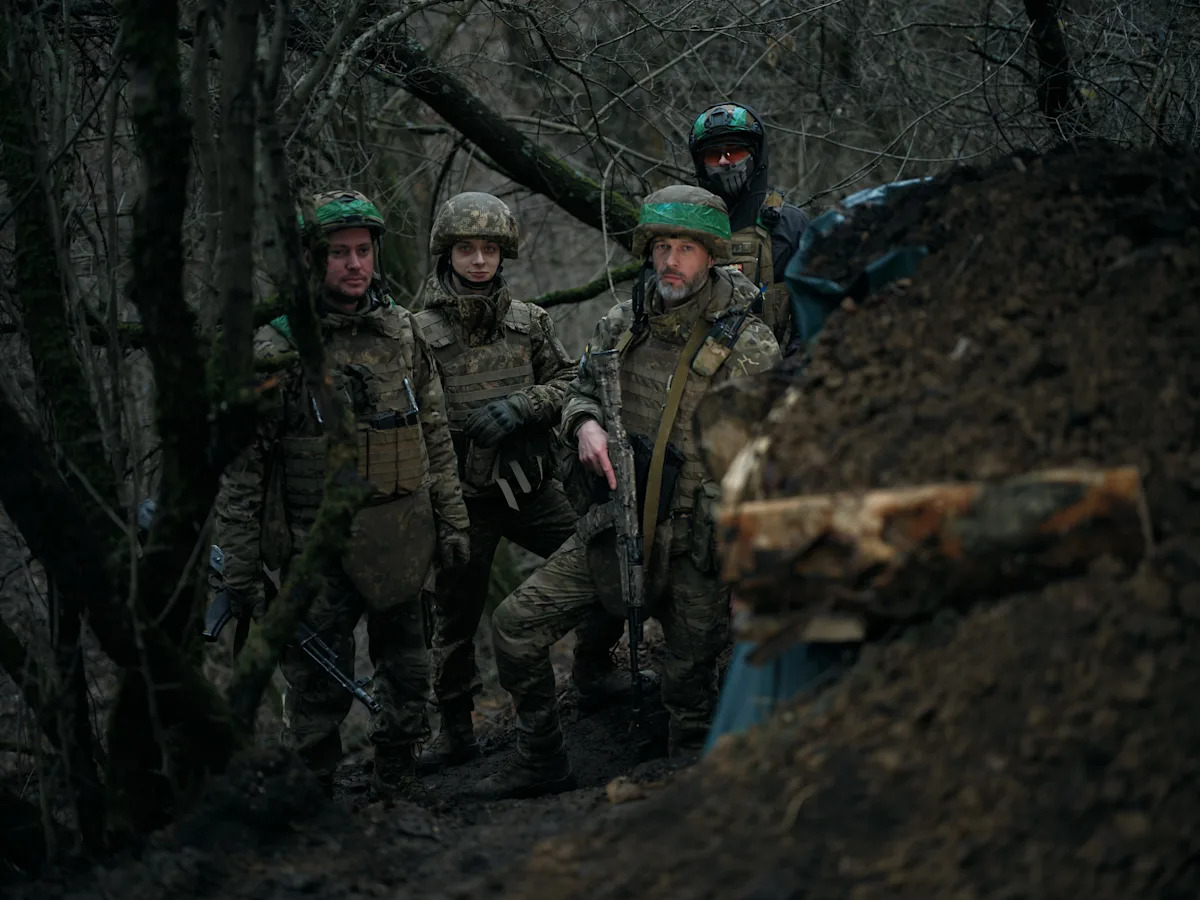
-
Ukraine is dealing with its third known case of Russians using underground pipes to advance.
-
A new report said that Russia used a gas pipe in Kupiansk to create supply lines close to the city.
-
Local Ukrainian forces are trying to counter the tactic by flooding the pipes.
Ukraine’s war is starting to go below ground.
Russian troops were recently found attempting to infiltrate battle lines in Kharkiv by crawling through an underground pipe, with Kyiv’s forces trying to stop them by flooding or fortifying such ducts.
Ukrainian observers publicly identified the pipeline tactic last week in Kupiansk, a city in the Kharkiv region that has seen heavy fighting along the front lines.
It’s the third time since the war began that Russian forces have been found crawling or walking in gas or water pipes to avoid detection, and the tactic could present a growing defensive challenge for Ukraine.
DeepState, an oft-cited Ukrainian open-source intelligence group, reported on Friday that Russian troops had used a gas pipe near Kupiansk to sneak past the nearby Oskil River and establish supply lines and drone pilot positions closer to the city.
The group’s analysts published drone footage of a uniformed soldier dragging a package out of a hole in a forested area. The report was echoed on Russian social media channels, accompanied by a widely circulated video of soldiers crawling through a pipe. Business Insider could not independently verify the authenticity of either clip or when they were taken.
The General Staff of Ukraine’s Armed Forces confirmed in a statement on Saturday that Russian troops had used a pipeline to move troops near Kupiansk, though it said that the city is still under Ukrainian control.
The pipe’s exit was not located in the city itself, the general staff wrote, adding that Ukrainian forces had flooded several such passageways.
“It should be noted that there are several pipelines in the Kupiansk area,” the statement read. “Three of the four lines have already been damaged and flooded, and the exit of the fourth is under the control of the defense forces.”
On Monday, Ukrainian media outlet Espreso published a video interview with Yuriy Fedorenko, a popular drone unit commander from the 429th Separate Unmanned Systems Regiment, who said that his teams used engineering ammunition to damage the Kupiansk pipe previously used by Russian troops.
Fedorenko said Ukrainian forces targeted an area of the pipe that met the Oskil River, allowing the duct to flood.
“This does not mean that over time the enemy will not be able to restore this pipe, but it is being monitored closely,” Fedorenko said.
Additionally, Ukrainian military bloggers said on Sunday that Kyiv’s forces laid barbed wire inside at least one pipeline, circulating a video that appears to show the pipe’s booby-trapped interior. The clip has not been confirmed by authorities.
The tactic of using underground pipes mirrors a bold Russian operation in March that saw the Kremlin’s special forces walking roughly nine miles through a gas pipe in Sudzha to strike at the Ukrainian rear in Kursk.
Ukrainian officials said the pipe was unused and had a diameter of 1.4 meters, or about four and a half feet.
While Russia hailed the attack as a success, Ukraine said it later discovered the saboteur team and killed most of them. Most of Ukraine’s forces retreated from Kursk that month.
In early 2024, Russian troops were reported by Ukrainian media to have drained a service water pipe in Avdiivka, Donetsk, using it to advance underground and installing exit holes every 300 feet or so.
Major gas pipelines are woven throughout Ukraine, which previously served as a key transit country for Russian gas flowing to Europe. Many of these trunklines, which can move a total estimated 140 billion cubic meters of gas per year, are underused or unused as Europe weans itself off of Russian energy.
Read the original article on Business Insider
Disclaimer: This news has been automatically collected from the source link above. Our website does not create, edit, or publish the content. All information, statements, and opinions expressed belong solely to the original publisher. We are not responsible or liable for the accuracy, reliability, or completeness of any news, nor for any statements, views, or claims made in the content. All rights remain with the respective source.
